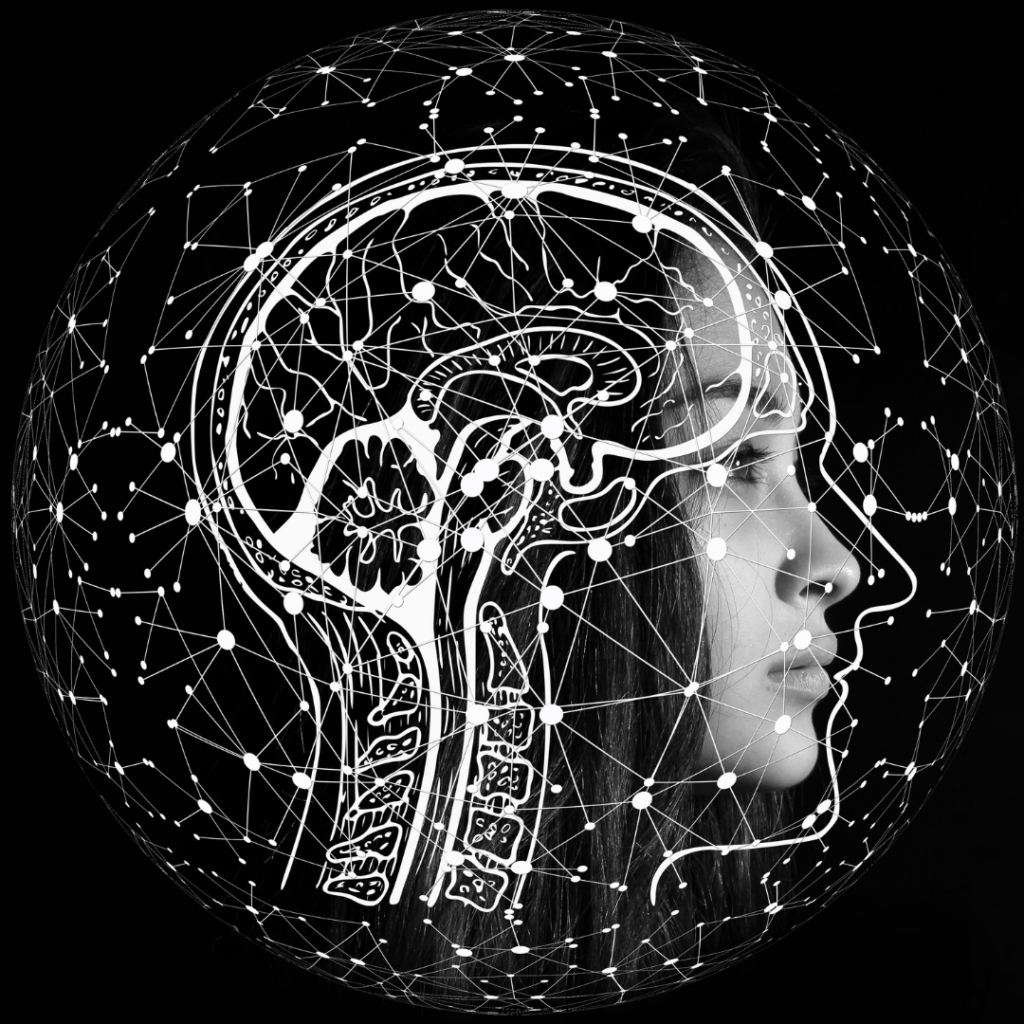The history of AI and and mental health care, and where it’s headed.
By Shonté Jovan Taylor, M.Sc., Ph.D.(c)

“The day health care can fully embrace AI is the day we have a revolution in terms of cutting costs and improving care.”
~Fei-Fei Li, The Godmother of Artificial Intelligence.
Imagine AI in mental health care as a sophisticated greenhouse system working alongside a dedicated gardener (mental health professional) in a diverse garden. The gardener provides personalized care, understanding the unique needs of each plant (patient). The AI (greenhouse technology) continuously monitors environmental conditions, such as temperature, humidity and light, makes predictions and offers precise adjustments and insights based on real-time data. Together, the gardener and the AI create a harmonious environment that ensures each plant receives the right care at the right time. The result is a thriving garden (improved patient health), showcasing the enhanced effectiveness of combining human expertise with advanced technology. This synergy between AI and mental health professionals leads to better outcomes and a more vibrant, healthy community.
The use of AI in mental health care makes intuitive sense since AI and the brain are intricately linked. Neuroscience, the study of the brain and nervous system, has paved the way for machines like AI to “think better” by mimicking how the brain works. AI is designed to perceive, learn and reason, emulating human intelligence. By creating technology modeled after cognitive functions, we improve our chances of accelerating human progress in various fields, including mental health.
The Evolution of AI in Mental Health Care
The Past
Mental health issues have existed for thousands of years, but the concept of AI emerged in the 1950s. Initially, AI faced resistance, but by the 1980s, its potential in healthcare started gaining traction. Early AI systems, especially in radiology, were clunky and inefficient. However, as deep learning systems evolved, they became adept at making rapid and independent connections, revolutionizing health care diagnostics. This advancement has been crucial in reducing the time between diagnosis and treatment, which is vital for patient outcomes.
The Present
Mental disorders like depression and anxiety, which are the leading causes of disability, cost the global economy $1 trillion annually in productivity loss, according to the World Health Organization. The need for effective interventions is urgent, and AI presents a promising solution.
AI can analyze vast amounts of data and identify patterns beyond human capability. Currently, AI aids in scientific and healthcare fields, including discovering drug targets, predicting food contamination and analyzing medical records. Intriguingly, AI, inspired by the brain, is now used in brain research to understand processes like visual perception and memory. Neuroscience aims to link brain activity (e.g.., neural pathways, thoughts, etc.) to human behaviors of which AI can accelerate the discovery process.
AI software has been trained to help map human behavior, and to assist mental health workers in diagnosing and treating mental challenges. It can be particularly effective in virtual therapy, providing scalability, cost-effectiveness and real-time feedback, since clinical diagnosis still heavily relies on subjective symptoms and self-reporting, which can be unreliable. BehaveNet, an AI software, decodes neural activity and movement from behavioral videos, aiding in mental disorder prevention. Therefore, AI can bridge the gap by analyzing large datasets to identify and predict psychiatric disorders in a myriad of ways.
The Future
By modeling clinical disorders, AI can help reverse engineer treatment processes, speeding up prevention, identification and treatment of mental health challenges. AI’s role in drug targeting formulations can minimize side effects and enhance effectiveness for individuals with specific genetic makeups.
AI can also act as a personal medical assistant, providing health advice based on personalized data, potentially reducing health care costs and strain on the mental health industry. Computer-assisted therapy using AI chatbots for cognitive behavioral therapies is being tested for treating depression and anxiety. These chatbots offer cost-effective, accessible and scalable solutions, though further research is needed to validate their effectiveness.
Some Pitfalls
AI systems can be biased if developed without diverse demographic representation, leading to inaccurate results for under represented groups. Addressing these biases is crucial, given historical healthcare inequities for women and minorities. Researchers are working diligently to rectify these challenges in current AI systems.
Medical malpractice and lawsuits have always been issues, and AI integration complicates responsibility and liability. Ensuring the security, privacy and trust of the public in AI mental health integration is also essential. Building this trust requires empathetic human connections, ethical development, transparent communication and adherence to the Hippocratic principle of “first, do no harm.”
Final Thought
The future of AI in mental health care holds immense potential, but it must be guided by ethical considerations, inclusiveness and a commitment to improving human well-being. By combining the strengths of AI and human expertise, we can create a more effective, compassionate and accessible mental healthcare system, ensuring a brighter and healthier future for all.


